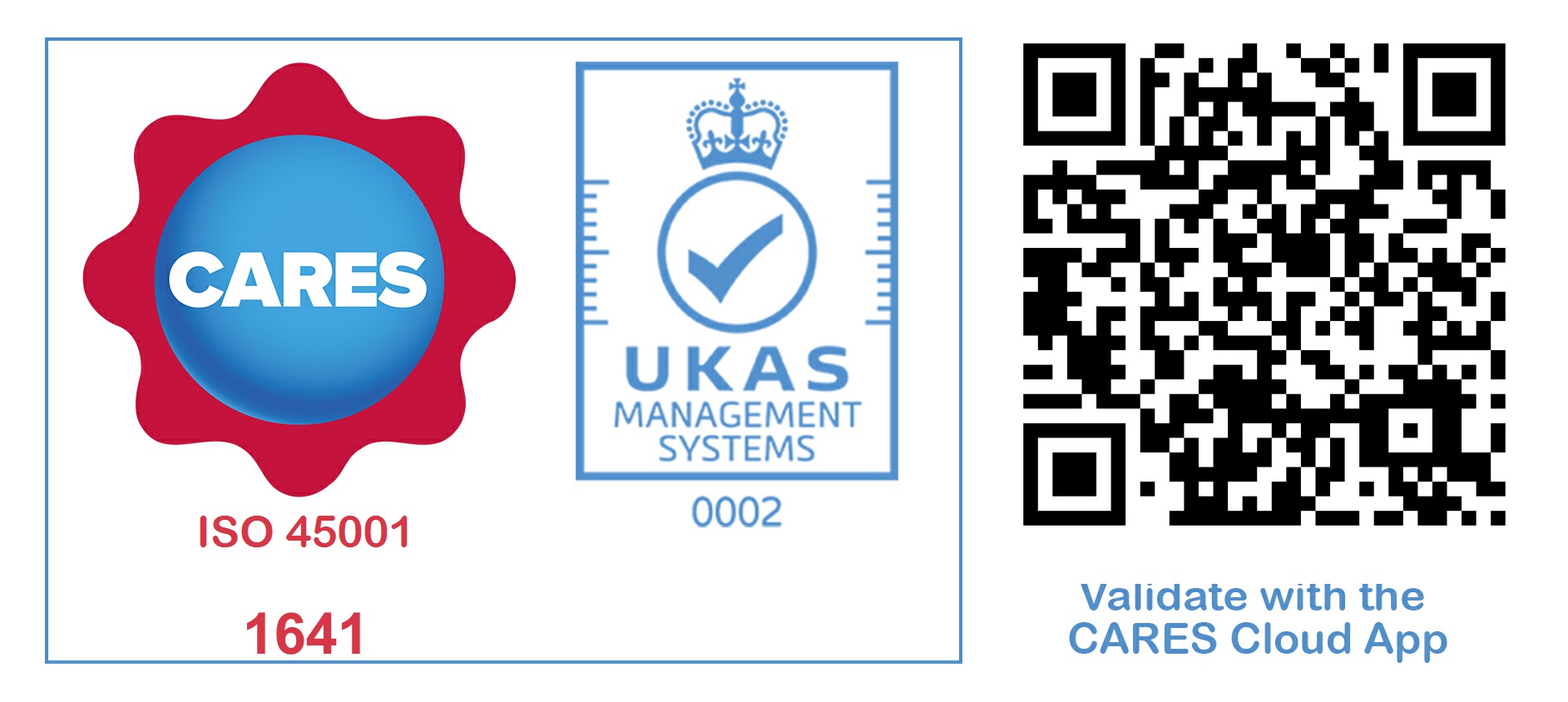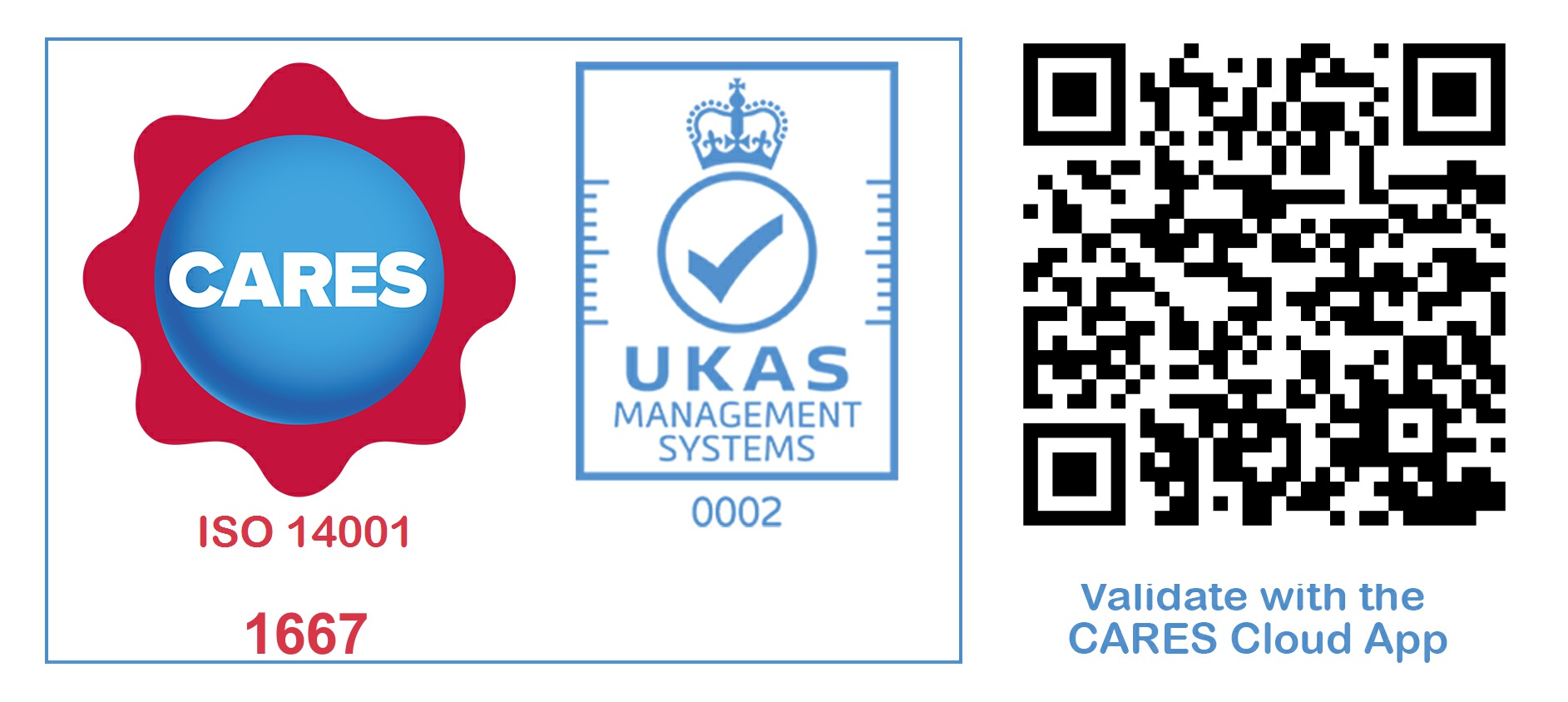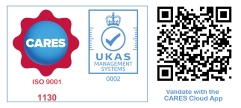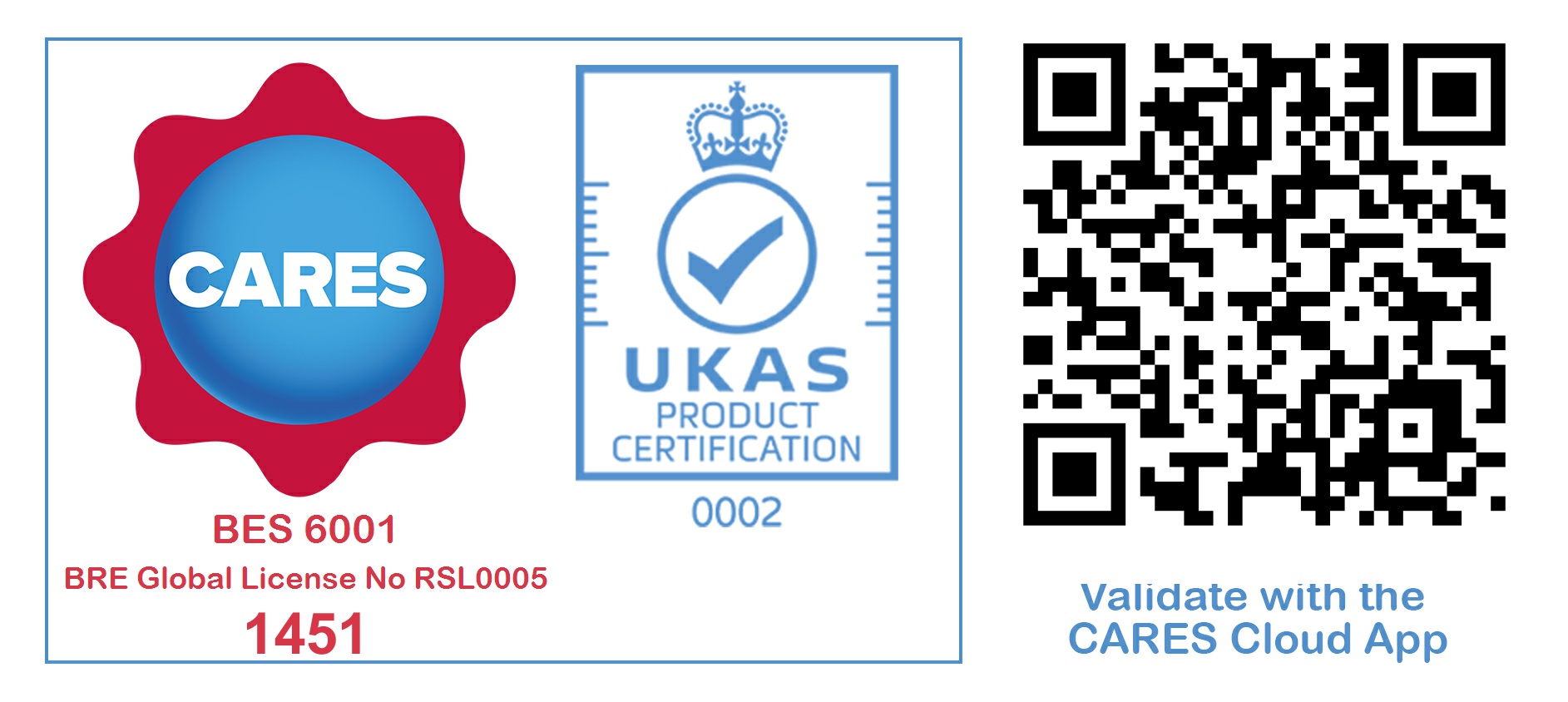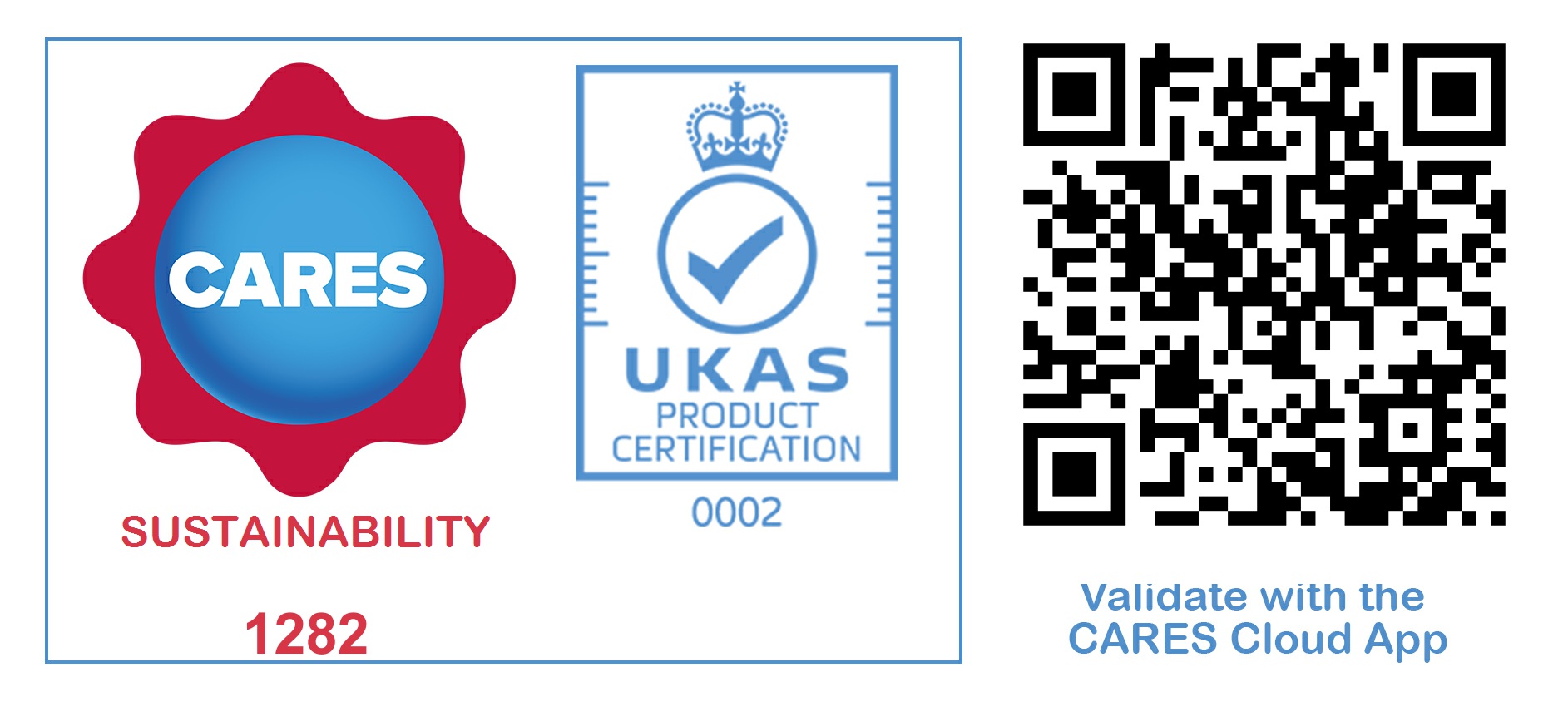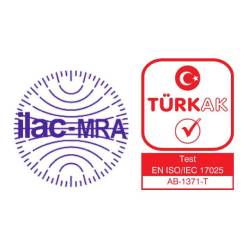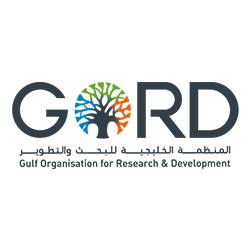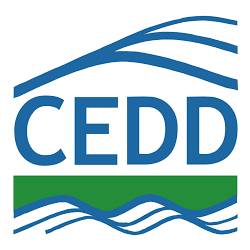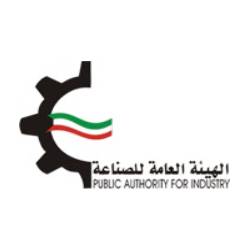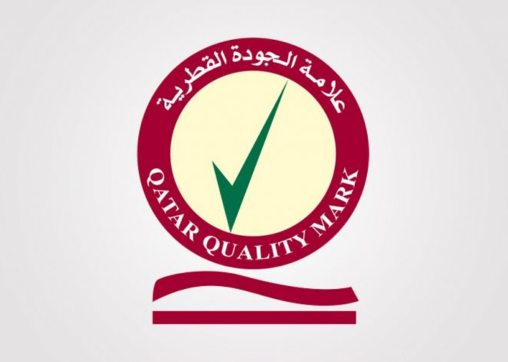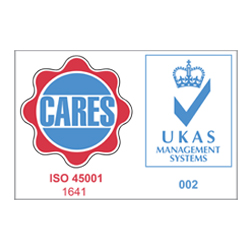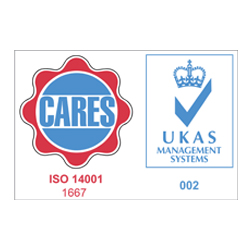Training and Development
At Qatar Steel, we believe that investing in training and development programmes cultivates a skilled and adaptable workforce, enhancing the organisation’s human capital. To this end, we have set a specific target to increase training hours per employee.
Through increased training hours, we aim to empower our workforce, promote continuous learning, and equip our employees with the necessary tools and expertise to succeed in their roles.
Furthermore, based on the recommendation of our senior management, significant emphasis has been placed on enhancing our training programs. We have introduced a range of new technical training topics, including Problem Solving and Decision-Making Skills for Engineers, Preventive and Predictive Maintenance, Process Plant Optimisation Technology, and Continual Improvement. Additionally,
we have incorporated soft skills courses such as Public Speaking, Essential of Leadership and Management, Team Building and Change Management. We have also expanded our internal training programme, organising it around five main categories: HSE Training, Technical Training, Soft Skills Training, English Language and E-learning.
The training requirements of each employee are used to compile an In-house training calendar, which is subsequently distributed to all employees via our departmental training coordinators.
In 2023, 170 inhouse training programmes were delivered which were attended by 2,614 employees. These programmes covered a range of different aspects of our training requirements including technical, HSE, IT, and soft skill courses. In addition to internal trainings, external training was also provided to employees. A total of 113 employees received the opportunity to attend local training programmes and 2 levels of English Language Courses was provided to 6 Qatari employees and 1 Overseas Course was provided to 1 Qatari employees.
• We achieved an average of 37.04 training hours per employee.
• We have revamped the structure of Qatari Development Plans with the objective to enhance employee skills and align individual development with our organisational goals which resulted in the creation of 3 different development programs i.e. DDP (Developee Development Program), IDP (In-Post Development Program), and CDP/SP (Career Development Program/ Succession Planning Program).
• We have diversified the delivery of our training programs by adding Technical, IT, and soft skills courses such as public speaking and change management, to our annual calendar. In the future, we are aiming to increase the hours of training per employee per year primarily to meet the industry average of 40 hours by 2026. Additionally, we are committed to diversifying our training programs to include sustainability-related topics. This expansion reflects our recognition of the importance of environmental and social responsibility in today’s business landscape.
In 2024, we plan to:
• Increase the number of training hours per employee as per the sustainability roadmap.
• Increase the number of Qatari employees in the various development plans implemented.
• Explore the introduction of virtual learning to support the delivery of some of our programmes.
• Implement the executive leadership development programme for the top management.
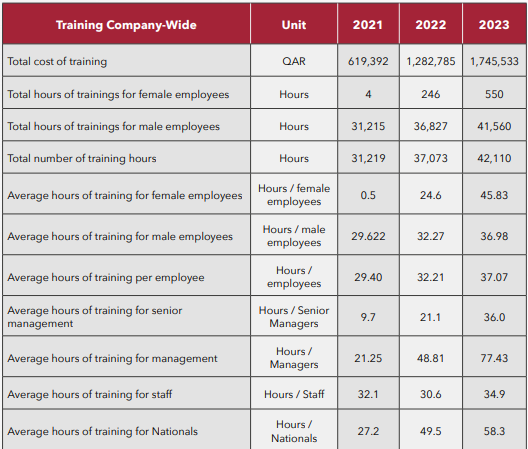
PERFORMANCE REVIEW
At our organisation, we prioritise the growth and development of our employees. To achieve this, we have implemented a comprehensive Yearly Appraisal Process that assesses our employees’ performance in three key areas: technical performance, behavioural performance, and individually defined objectives. This process allows us to provide constructive feedback, recognise achievements, identify areas for improvement, and support their professional advancement within the company. Within our performance review process, we thoroughly
examine the training requirements of our employees and design customised programs to address their individual needs.
100% OF EMPLOYEES RECEIVE A YEARLY PERFORMANCE REVIEW














